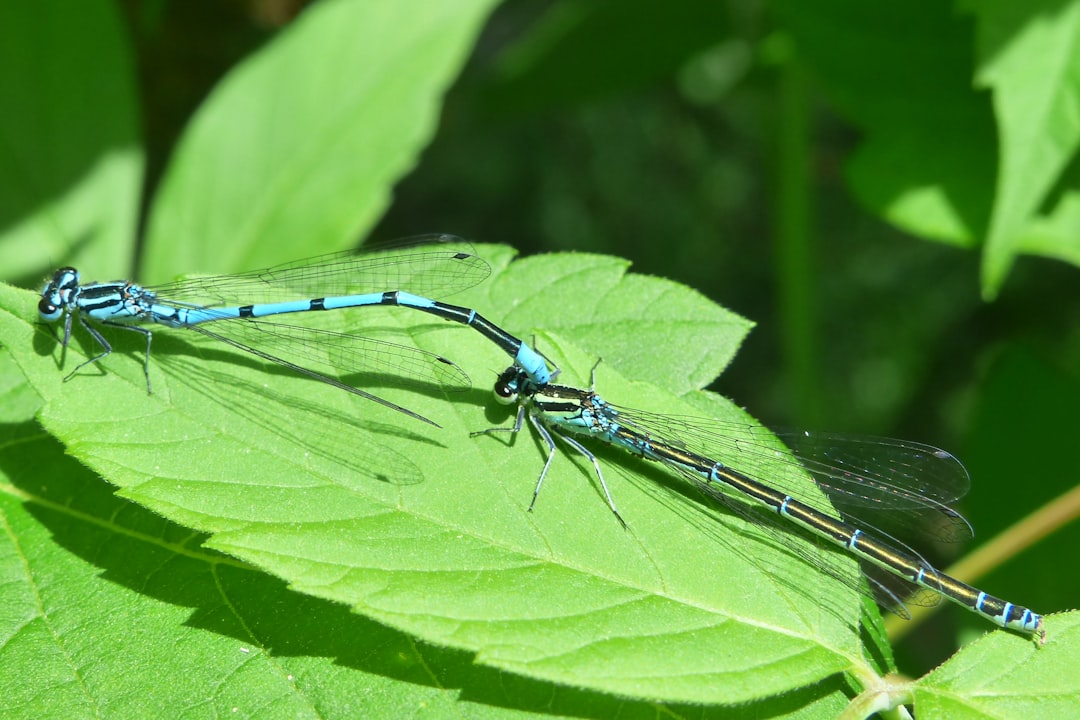What is it about?
There are thousands of different species of ants, each producing their own set of chemical compounds. Many ants secrete toxic nitrogenous compounds chemically known as 'alkaloids', particularly as venom toxins. This review provides an overview of their structural and biological diversity, as well as what is known about their evolutionary background and biotechnological applications.
Featured Image

Photo by Ruben Engel on Unsplash
Why is it important?
Although ant alkaloids have been known for at least 50 years, there is a lot to understand about their natural distribution and diversity. Alkaloids include famous chemicals known for their biomedical applications, exampled by potent drugs such as morphine or insecticides such as nicotine. What is the knowledge gap about ant alkaloids? Ranging from simple to complex nitrogenous compounds, ant alkaloids include several classes of alkaloids that can work as insecticidal deterrents, mammal-specific toxins, and sex pheromones. Many have been proposed as novel antibiotics, and some have demonstrated anti-cancer potential. Biodiversity may hold the key to solve many ailments of the human kind, however considerable more dedicated investigation is needed.
Perspectives
As an entomologist specialising in ants since over 15 years, I have devoted much of my efforts into understanding the biology of alkaloidal toxins. I was honoured to get involved in collaborations with Prof. Adams, who is a prominent colleague working around similar questions in related species groups. We strongly believe ant alkaloid research relies on expanded interdisciplinary research, due to the complex multifaceted nature of the topic.
Dr Eduardo G P Fox
IBCCF / UFRJ
Read the Original
This page is a summary of: On the Biological Diversity of Ant Alkaloids, Annual Review of Entomology, October 2021, Annual Reviews,
DOI: 10.1146/annurev-ento-072821-063525.
You can read the full text:
Contributors
The following have contributed to this page










